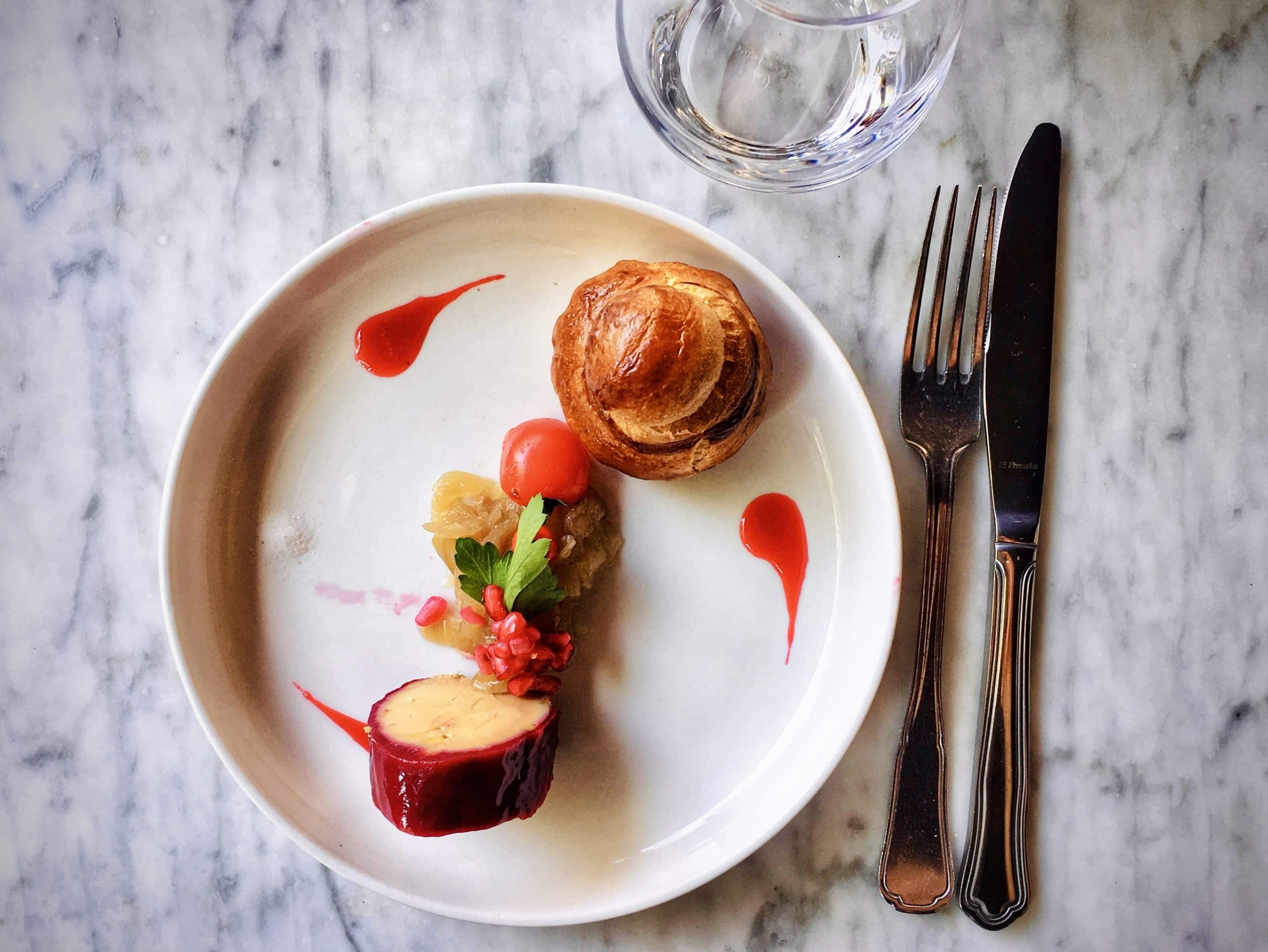When it comes to French cuisine, few dishes can evoke the sense of the ocean’s bounty and the rustic charm of the French Riviera as much as a well-made Bouillabaisse. This traditional Provençal fish stew originated from the port city of Marseille and is beloved for its rich flavors, diversity of seafood, and the culinary skill involved in its preparation. In this article, we will explore the techniques that can help you make a perfect French Bouillabaisse with a medley of seafood.
Gathering Your Ingredients
The first step to making any good Bouillabaisse is gathering your ingredients. At the heart of this dish are fresh seafood and a distinctly flavored broth. The seafood should ideally include at least three different types, typically a mix of shellfish, like shrimp and mussels, and various types of fish. The broth, on the other hand, is a flavorful concoction of fish stock, fennel, saffron, and garlic.
A lire aussi : How to Make a Classic German Apple Strudel with Homemade Dough and Cinnamon?
The quality of your ingredients is crucial here. Always opt for the freshest seafood you can find. The fish stock can be store-bought, but for an authentic Bouillabaisse, consider making it from scratch using fish bones, onions, celery, and carrots. Fresh fennel, a key ingredient in Bouillabaisse, lends a unique anise flavor to the soup. It is combined with garlic, onions, and tomatoes to form the base of the soup.
The spices you’ll need include saffron, thyme, bay leaves, and orange peel. Bouillabaisse wouldn’t be complete without a good dose of saffron. It lends a beautiful golden color to the soup and adds a unique depth of flavor.
Sujet a lire : Can You Master the Craft of a Gourmet Welsh Rarebit with a Sharp Cheddar Sauce?
Preparing Your Seafood
Preparing your seafood is a crucial step in making Bouillabaisse. If you are using whole fish, clean and gut them, and cut into large chunks. If you are using shrimp, peel and devein them. For other shellfish like mussels or clams, scrub their shells clean.
Remember to keep your fish bones and shrimp shells. These can be used to make your fish stock, adding a depth of flavor that complements the seafood in your Bouillabaisse.
When it comes to cooking your seafood, timing is key. Add your seafood to the broth in stages, starting with the ones that take the longest to cook.
Creating The Perfect Broth
The broth is the soul of Bouillabaisse. To start, heat some olive oil in a large pot. Add your onions, fennel, and garlic, and sauté until they are softened but not browned. Then, add your tomatoes, saffron, thyme, bay leaves, and orange peel. Cook these down until they form a thick, aromatic paste.
Next, add your fish stock and bring the soup to a simmer. Let it cook for about 30 minutes to allow the flavors to merge beautifully. This is also the perfect time to add your fish bones and shrimp shells if you have them.
Strain your broth to remove the solids. You should be left with a clear, deeply flavored soup. Return this to the heat and add your seafood in stages, starting with the ones that take the longest to cook.
Adding The Seafood
When your broth is ready, it’s time to add your seafood. The order in which you add your seafood is important. Start with the ones that take the longest to cook – typically the chunks of fish. Let them simmer in the broth for about 10 minutes.
Next, add your shellfish. Mussels and clams should go in first as they take a while to open up. Once they open, add your shrimp. The shrimp should only take about 3-5 minutes to cook.
Finally, add any delicate seafood that cooks quickly, such as scallops or squid. They need just a minute or two in the hot soup.
Serving Your Bouillabaisse
In Marseille, Bouillabaisse is traditionally served in two courses. First, the broth is served with a side of rouille, a spicy garlic and saffron sauce, which is spread on crusty bread. Then, the seafood is served separately.
This way, the rich, saffron-infused broth can be enjoyed on its own, with the crusty bread acting as a perfect sponge for the flavors. The seafood, tender and perfectly cooked, can then be savored with the rest of the soup and bread, making for a satisfying and hearty meal.
Remember, a good Bouillabaisse is more than just a sum of its parts. It’s a labor of love that brings together the richness of the sea and the rustic charm of Provencal cuisine.
Making The Rouille
No Bouillabaisse would be complete without its traditional accompaniment – Rouille. This fiery, saffron-infused sauce is a revelation in itself that adds an extra layer of flavor to the soup. Let’s delve into making Rouille to accompany your Bouillabaisse.
Start by soaking a slice of day-old bread in a small amount of fish stock or white wine vinegar. Once it’s thoroughly soaked, squeeze out any excess liquid and place the bread in a food processor. Add a couple of cloves of garlic, some cayenne pepper for heat, and a pinch of saffron for that characteristic yellow hue and unique flavor.
Next, with the food processor running, slowly drizzle in some olive oil. As you add the oil, the mixture will begin to emulsify, taking on the consistency of a thick, creamy sauce. Season with salt and black pepper to taste.
Traditionally, Rouille is served spread on slices of crusty bread, which are then placed in the soup bowl or served on the side. It adds a burst of garlicky flavor and a hint of warmth from the cayenne pepper, complementing the rich seafood broth beautifully.
Note: while making Rouille, ensure the olive oil is added slowly while the food processor is running. This helps achieve the desired creamy consistency.
Conclusion: Perfecting Your Bouillabaisse Recipe
Crafting the perfect Bouillabaisse is as much about the journey as it is about the destination. The joy lies in meticulously preparing each ingredient, letting the flavors build, and finally, seeing all the components come together in a harmonious seafood symphony.
A good Bouillabaisse recipe captures the essence of French seafood cuisine – fresh ingredients, cooked to perfection, in a broth that’s richly layered with flavors. This hearty seafood stew, with its depth of flavor, is a testament to the ocean’s bounty and the culinary prowess of traditional Provencal cooking.
Remember, the secret to a great Bouillabaisse lies in the quality of the seafood, the creation of the seafood stock or fish stock, the addition of saffron and other herbs, the careful preparation of the Rouille, and, perhaps most importantly, the love and patience with which it is prepared.
In conclusion, Bouillabaisse is not just a dish; it’s an experience. Like the great Julia Child once said, "The preparation of good food is merely another expression of art, one of the joys of civilized living…" So take your time, savor the process, and most of all, enjoy your delicious, homemade Bouillabaisse. Bon appétit!











